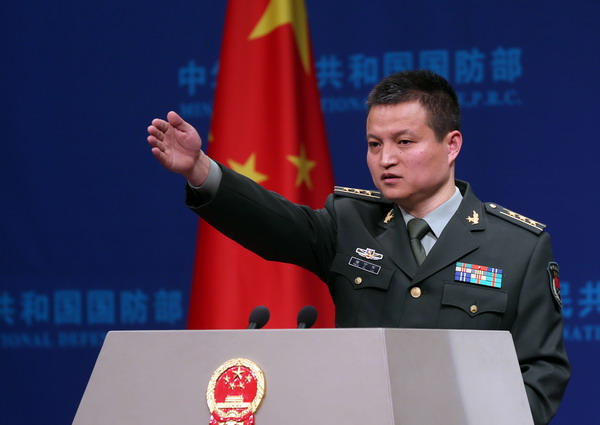Other countries should reflect on their own behavior, drop their double standards and respect international norms
China's establishment of the East China Sea Air Defense Identification Zone and the announcement of aircraft identification rules for the zone have received a mixed response over the past few days. Although the majority of foreign airlines and civil aviation officials from other countries have said they will abide by the rules, some countries that have had a head start in establishing their own air defense identification zones are being the pot that calls the kettle black.

Not content with thinly disguising itself as an onlooker in East Asian issues, Washington has gone from badmouthing China to deliberately challenging the rules by sending a pair of B-52 bombers into China's newly established identification zone without informing China of the flight. Aircraft from the Republic of Korea and Japan followed suit on Thursday. Japanese Prime Minister Shinzo Abe even said that China's move is a dangerous act that might invite an "unexpected situation" and urged China to scrap its plan.
When setting up their air defense identification zones decades ago, and after many of their allies established theirs, Washington and Tokyo did not voice the concerns they have today. In what way can they justify their zones while criticizing China for establishing its first air defense identification zone? Obviously, the United States is applying its double standards well beyond the anti-terrorism arena, and Tokyo as its ally is following on its heels.
In stark contrast to the accusations from Washington and Tokyo, China's establishment of an air defense identification zone can ensure the transparency of flights and maintain flight order in the zone and prevent misunderstandings and miscalculations. It is unfair to blame China for adopting an internationally common practice.
An air defense identification zone, as an area of airspace established by a coastal state beyond its territorial airspace, is designated to identify and monitor aircraft that enter the zone. Such zones, simply put, are part of a country's security early warning system, which was initiated by the US and Canada in the 1950s amid the East-West military confrontation.
Air defense identification zones now surround much of North America, and more than 20 countries and regions, including Japan, South Korea and the Philippines, have established such zones. Rules for the zones vary from country to country, but all have the same defensive nature. Although countries retain the right to identify and monitor foreign aircraft entering their air defense identification zones, they do not deny aircraft entry, they will only intercept and eject aircraft that violate their rules or pose a security threat.